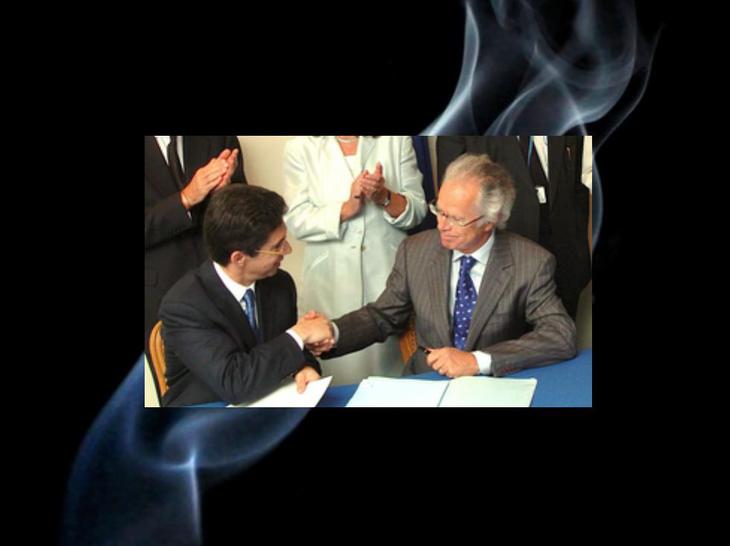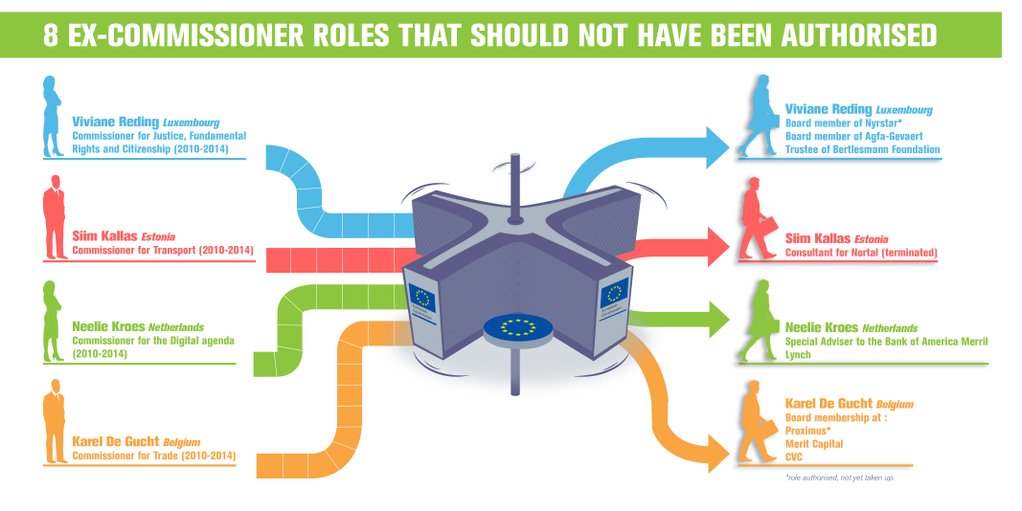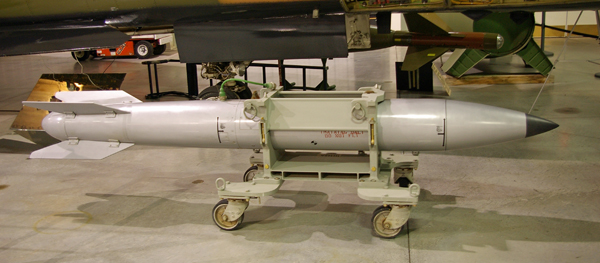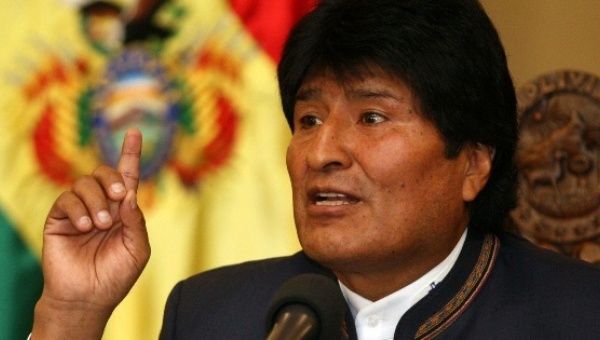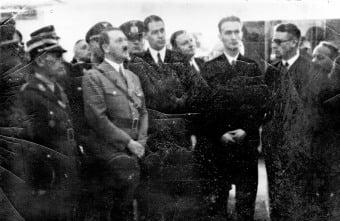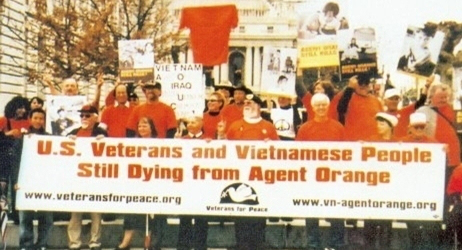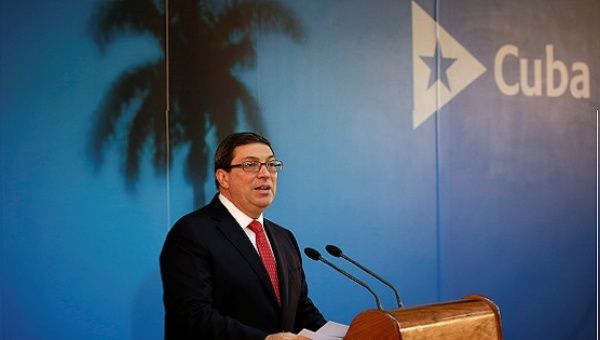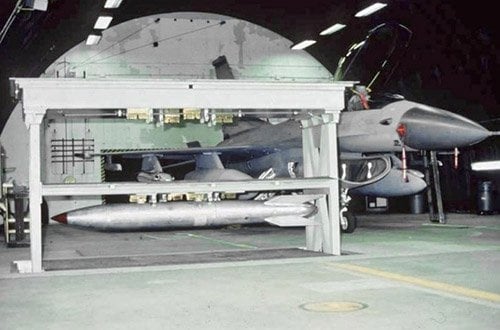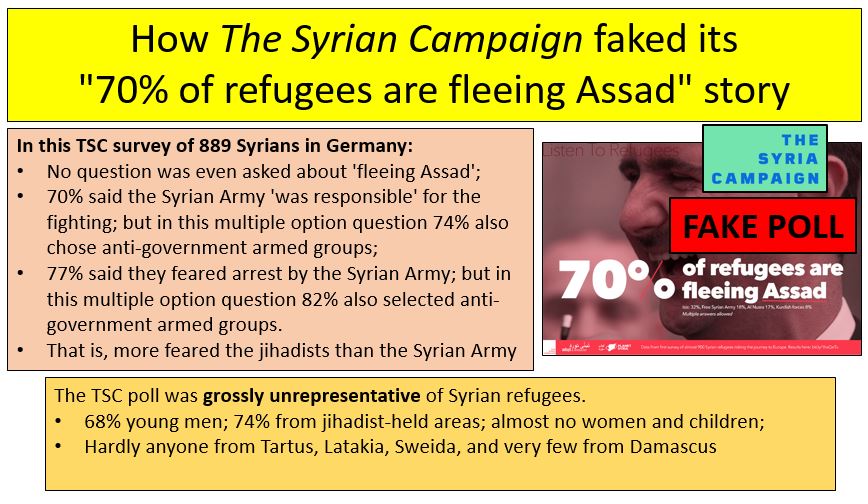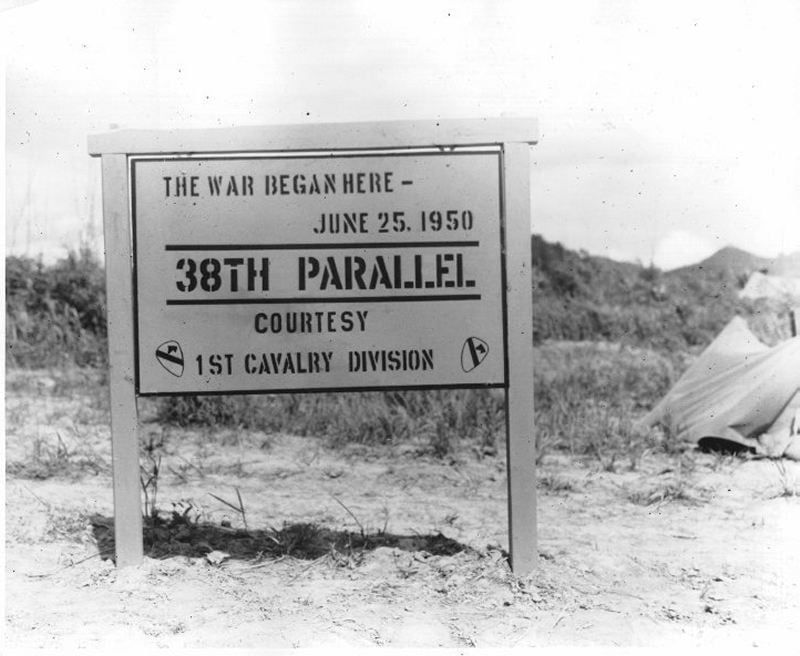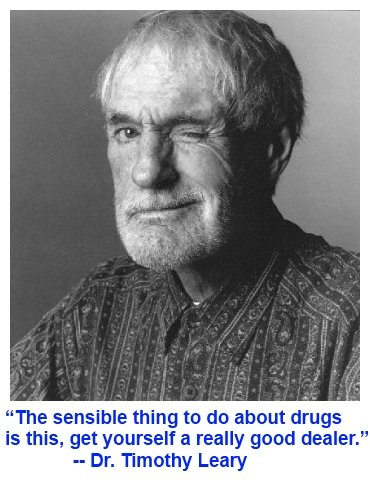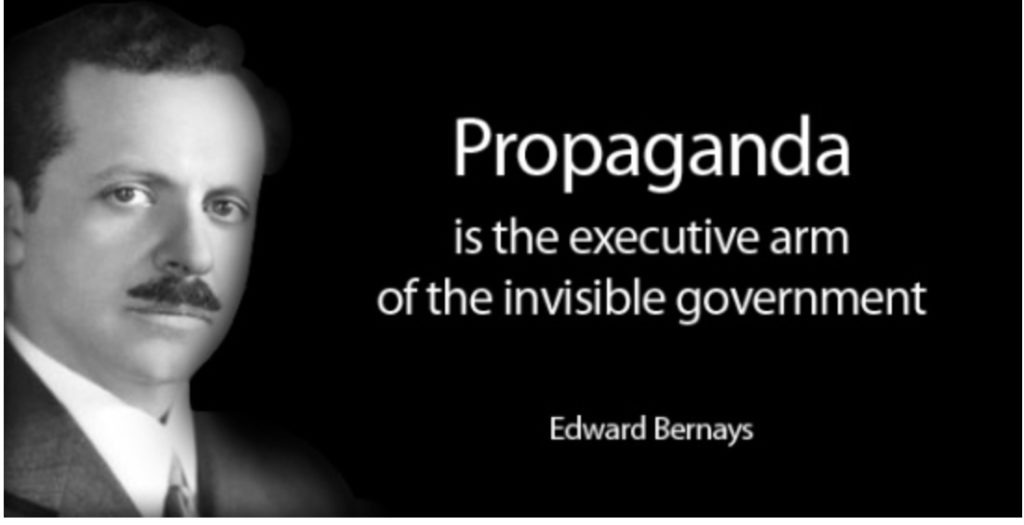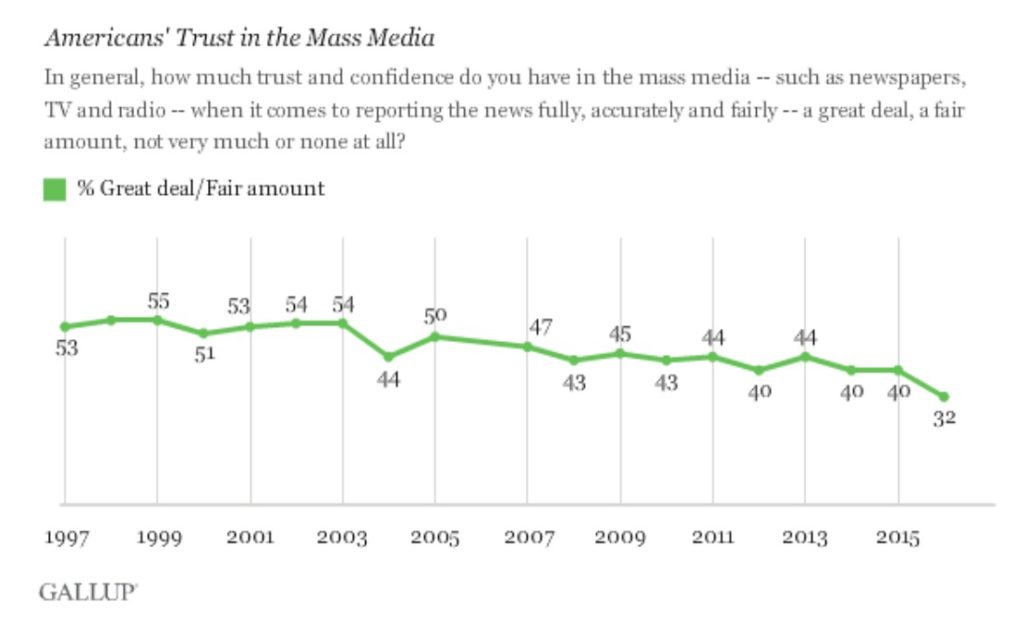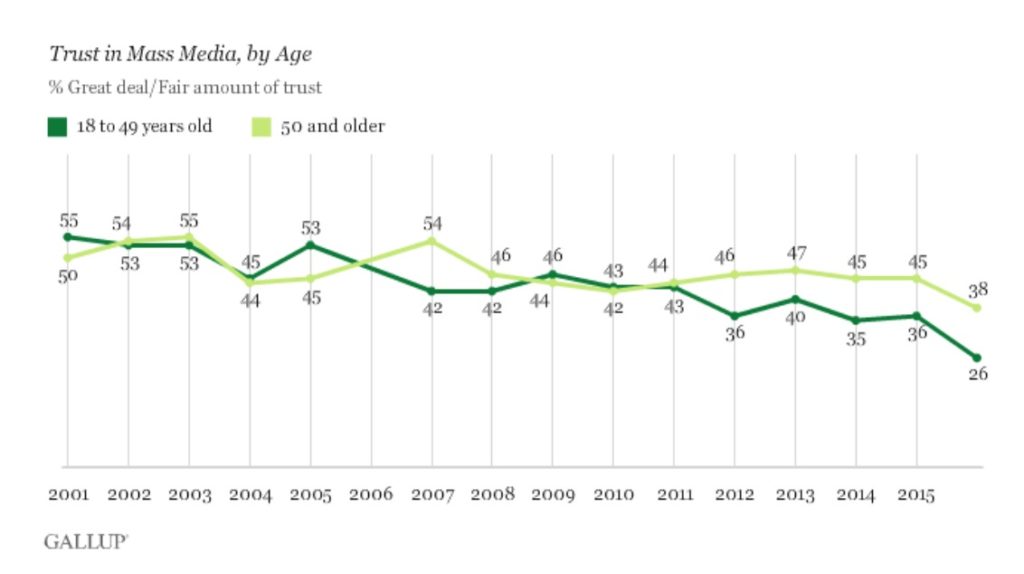Official Washington loves its Putin-bashing but demonizing the Russian leader stops a rational debate about U.S.-Russia relations and pushes the two nuclear powers toward an existential brink, writes Robert Parry.
Arguably, the nuttiest neoconservative idea – among a long list of nutty ideas – has been to destabilize nuclear-armed Russia by weakening its economy, isolating it from Europe, pushing NATO up to its borders, demonizing its leadership, and sponsoring anti-government political activists inside Russia to promote “regime change.”
This breathtakingly dangerous strategy has been formulated and implemented with little serious debate inside the United States as the major mainstream news media and the neocons’ liberal-interventionist sidekicks have fallen in line much as they did during the run-up to the disastrous invasion of Iraq in 2003.
Except with Russia, the risks are even greater – conceivably, a nuclear war that could exterminate life on the planet. Yet, despite those stakes, there has been a cavalier – even goofy – attitude in the U.S. political/media mainstream about undertaking this new “regime change” project aimed at Moscow.There is also little appreciation of how lucky the world was when the Soviet Union fell apart in 1991 without some Russian extremists seizing control of the nuclear codes and taking humanity to the brink of extinction. Back then, there was a mix of luck and restrained leadership, especially on the Soviet side.
Plus, there were at least verbal assurances from George H.W. Bush’s administration that the Soviet retreat from East Germany and Eastern Europe would not be exploited by NATO and that a new era of cooperation with the West could follow the break-up of the Soviet Union.
Instead, the United States dispatched financial “experts” – many from Harvard Business School – who arrived in Moscow with neoliberal plans for “shock therapy” to “privatize” Russia’s resources, which turned a handful of corrupt insiders into powerful billionaires, known as “oligarchs,” and the “Harvard Boys” into well-rewarded consultants.
But the result for the average Russian was horrific as the population experienced a drop in life expectancy unprecedented in a country not at war. While a Russian could expect to live to be almost 70 in the mid-1980s, that expectation had dropped to less than 65 by the mid-1990s.
The “Harvard Boys” were living the high-life with beautiful women, caviar and champagne in the lavish enclaves of Moscow – as the U.S.-favored President Boris Yeltsin drank himself into stupors – but there were reports of starvation in villages in the Russian heartland and organized crime murdered people on the street with near impunity.
Meanwhile, Presidents Bill Clinton and George W. Bush cast aside any restraint regarding Russia’s national pride and historic fears by expanding NATO across Eastern Europe, including the incorporation of former Soviet republics.
In the 1990s, the “triumphalist” neocons formulated a doctrine for permanent U.S. global dominance with their thinking reaching its most belligerent form during George W. Bush’s presidency, which asserted the virtually unlimited right for the United States to intervene militarily anywhere in the world regardless of international law and treaties.
How Despair Led to Putin
Without recognizing the desperation and despair of the Russian people during the Yeltsin era — and the soaring American arrogance in the 1990s — it is hard to comprehend the political rise and enduring popularity of Vladimir Putin, who became president after Yeltsin abruptly resigned on New Year’s Eve 1999. (In declining health, Yeltsin died on April 23, 2007).

Russian President Boris Yeltsin.
Putin, a former KGB officer with a strong devotion to his native land, began to put Russia’s house back in order. Though he collaborated with some oligarchs, he reined in others by putting them in jail for corruption or forcing them into exile.
Putin cracked down on crime and terrorism, often employing harsh means to restore order, including smashing Islamist rebels seeking to take Chechnya out of the Russian Federation.
Gradually, Russia regained its economic footing and the condition of the average Russian improved. By 2012, Russian life expectancy had rebounded to more than 70 years. Putin also won praise from many Russians for reestablishing the country’s national pride and reasserting its position on the world stage.
Though a resurgent Russia created friction with the neocon designs for permanent U.S. world domination, Putin represented a side of Russian politics that favored cooperation with the West. He particularly hoped that he could work closely with President Barack Obama, who likewise indicated his desire to team up with Russia to make progress on thorny international issues.
In 2012, Obama was overheard on an open mike telling Putin’s close political ally, then-President Dmitri Medvedev, that “after my election, I have more flexibility,” suggesting greater cooperation with Russia. (Because of the Russian constitution barring someone from serving more than two consecutive terms as president, Medvedev, who had been prime minister, essentially swapped jobs with Putin for four years.)
Obama’s promise was not entirely an empty one. His relationship with the Russian leadership warmed as the two powers confronted common concerns over security issues, such as convincing Syria to surrender its chemical-weapons arsenal in 2013 and persuading Iran to accept tight limitations on its nuclear program in 2014.
In an extraordinary op-ed in The New York Times on Sept. 11, 2013, Putin described his relationship with Obama as one of “growing trust” while disagreeing with the notion of “American “exceptionalism.” In the key last section that he supposedly wrote himself, Putin said:
My working and personal relationship with President Obama is marked by growing trust. I appreciate this. I carefully studied his address to the nation on Tuesday. And I would rather disagree with a case he made on American exceptionalism, stating that the United States’ policy is ‘what makes America different. It’s what makes us exceptional.’
It is extremely dangerous to encourage people to see themselves as exceptional, whatever the motivation. There are big countries and small countries, rich and poor, those with long democratic traditions and those still finding their way to democracy. Their policies differ, too. We are all different, but when we ask for the Lord’s blessings, we must not forget that God created us equal.
Offending the Neocons
Though Putin may have thought he was simply contributing to a worthy international debate in the spirit of the U.S. Declaration of Independence’s assertion that “all men are created equal,” his objection to “American exceptionalism” represented fighting words to America’s neocons.

Carl Gershman, president of the National Endowment for Democracy
Instead of engaging in mushy multilateral diplomacy, muscular neocons saw America as above the law and lusted for bombing campaigns against Syria and Iran – with the goal of notching two more “regime change” solutions on their belts.
Thus, the neocons and their liberal-interventionist fellow-travelers came to see Putin as a major and unwelcome obstacle to their dreams of permanent U.S. dominance over the planet, which they would promote through what amounted to permanent warfare. (The main distinction between neocons and liberal interventionists is that the former cites “democracy promotion” as its rationale and the latter justifies war under the mantle of “humanitarianism.”)
Barely two weeks after Putin’s op-ed in the Times, a prominent neocon, Carl Gershman, the longtime president of the U.S.-government-funded National Endowment for Democracy, issued what amounted to a rejoinder in The Washington Post on Sept. 26, 2013.
Gershman’s op-ed made clear that U.S. policy should take aim at Ukraine, a historically and strategically sensitive country on Russia’s doorstep where the Russian nation made a stand against the Tatars in the 1600s and where the Nazis launched Operation Barbarossa, the devastating 1941 invasion which killed some 4 million Soviet soldiers and led to some 26 million Soviet dead total.
In the Post, Gershman wrote that “Ukraine is the biggest prize,” but made clear that Putin was the ultimate target: “Ukraine’s choice to join Europe will accelerate the demise of the ideology of Russian imperialism that Putin represents. Russians, too, face a choice, and Putin may find himself on the losing end not just in the near abroad but within Russia itself.”
To advance this cause, NED alone was funding scores of projects that funneled hundreds of thousands of dollars to Ukrainian political activists and media outlets, creating what amounted to a shadow political structure that could help stir up unrest when the Ukrainian government didn’t act as desired, i.e., when elected President Viktor Yanukovych balked at a European economic plan that included cuts in pensions and heat subsidies as demanded by the International Monetary Fund.
When Yanukovych sought more time to negotiate a less onerous deal, U.S.-backed protests swept into Kiev’s Maidan square. Though representing genuine sentiment among many western Ukrainians for increased ties to Europe, neo-Nazi and ultra-nationalist street fighters gained control of the uprising and began firebombing police.

A screen shot of U.S. Assistant Secretary of State for European Affairs Victoria Nuland speaking to U.S. and Ukrainian business leaders on Dec. 13, 2013, at an event sponsored by Chevron, with its logo to Nuland’s left.
Despite the mounting violence, the protests were cheered on by neocon Sen. John McCain, U.S. Ambassador Geoffrey Pyatt and Assistant Secretary of State for Europe Victoria Nuland, the wife of neocon stalwart Robert Kagan, a co-founder of the Project for the New American Century, which was a major promoter of the U.S. invasion of Iraq.
In a speech to Ukrainian business leaders on Dec. 13, 2013, Nuland reminded them that the United States had invested $5 billion in their “European aspirations.” By early February 2014, in an intercepted phone call, she was discussing with Pyatt who should lead a new government – “Yats is the guy,” she declared referring to Arseniy Yatsenyuk. Nuland and Pyatt continued the conversation with exchanges about how to “glue this thing” or “midwife this thing,” respectively.
A Western-backed Putsch
The violence worsened on Feb. 20, 2014, when mysterious snipers opened fire on police and demonstrators sparking clashes that killed scores, including police officers and protesters. Though later evidence suggested that the shootings were a provocation by the neo-Nazis, the immediate reaction in the mainstream Western media was to blame Yanukovych.
Though Yanukovych agreed to a compromise on Feb. 21 that would reduce his powers and speed up new elections so he could be voted out of office, he was still painted as a tyrannical villain. As neo-Nazi and other rightists chased him and his government from power on Feb. 22, the West hailed the unconstitutional putsch as “legitimate” and a victory for “democracy.”
The coup, however, prompted resistance from ethnic Russian areas of Ukraine, particularly in the east and south. With the aid of Russian troops who were stationed at the Russian naval base in Sevastopol, the Crimeans held a referendum and voted by 96 percent to leave Ukraine and rejoin the Russian Federation, a move accepted by Putin and the Kremlin.

Nazi symbols on helmets worn by members of Ukraine’s Azov battalion. (As filmed by a Norwegian film crew and shown on German TV)
However, the West’s mainstream media called the referendum a “sham” and Crimea’s secession from Ukraine became Putin’s “invasion” – although the Russian troops were already in Crimea as part of the basing agreement and the referendum, though hastily organized, clearly represented the overwhelming will of the Crimean people, a judgment corroborated by a variety of subsequent polls.
Ethnic Russians in eastern Ukraine also rose up against the new regime in Kiev, prompting more accusations in the West about “Russian aggression.” Anyone who raised the possibility that these areas, Yanukovych’s political strongholds, might simply be rejecting what they saw as an illegal political coup in Kiev was dismissed as a “Putin apologist” or a “Moscow stooge.”
While Official Washington and its mainstream media rallied the world in outrage against Putin and Russia, the new authorities in Kiev slipped Nuland’s choice, Yatsenyuk, into the post of prime minister where he pushed through the onerous IMF “reforms,” making the already hard lives of Ukrainians even harder. (The unpopular Yatsenyuk eventually resigned his position.)
Despite the obvious risks of supporting a putsch on Russia’s border, the neocons achieved their political goal of driving a huge wedge between Putin and Obama, whose quiet cooperation had been so troublesome for the neocon plan for violent “regime change” in Syria and Iran.
The successful neocon play in Ukraine also preempted possible U.S.-Russian cooperation in trying to impose an Israeli-Palestinian peace agreement that would have established a Palestinian state and would have stymied Israel’s plans for gobbling up Palestinian territory by expanding Jewish settlements and creating an apartheid-style future for the indigenous Arabs, confining them to a few cantons surrounded by de facto Israeli territory.
Obama’s timid failure to explain and defend his productive collaboration with Putin enabled the neocons to achieve another goal of making Putin an untouchable, a demonized foreign leader routinely mocked and smeared by the mainstream Western news media. Along with Putin’s demonization, the neocons have sparked a new Cold War that will not only extend today’s “permanent warfare” indefinitely but dramatically increase its budgetary costs with massive new investments in strategic weapons.
Upping the Nuclear Ante
By targeting Putin and Russia, the neocons have upped the ante when it comes to their “regime change” agenda. No longer satisfied with inflicting “regime change” in countries deemed hostile to Israel – Iraq, Syria, Libya, Iran, etc. – the neocons have raised their sights on Russia.

Billionaire currency speculator George Soros. (Photo credit: georgesoros.com)
In that devil-may-care approach, the neocons are joined by prominent “liberal interventionists,” such as billionaire currency speculator George Soros, who pulls the strings of many “liberal” organizations that he bankrolls.
In February 2015, Soros laid out his “Russia-regime-change” vision in the liberal New York Review of Books with an alarmist call for Europe “to wake up and recognize that it is under attack from Russia” – despite the fact that it has been NATO encroaching on Russia’s borders, not the other way around.
But Soros’s hysteria amounted to a clarion call to his many dependents among supposedly independent “non-governmental organizations” to take up the goal of destabilizing Russia and driving Putin from office. As a currency speculator, Soros recognizes the value of inflicting economic pain as well as military punishment on a target country.
“The financial crisis in Russia and the body bags [of supposedly Russian soldiers] from Ukraine have made President Putin politically vulnerable,” Soros wrote, urging Europe to keep up the economic pressure on Russia while working to transform Ukraine into an economic/political success story, saying:
…if Europe rose to the challenge and helped Ukraine not only to defend itself but to become a land of promise, Putin could not blame Russia’s troubles on the Western powers. He would be clearly responsible and he would either have to change course or try to stay in power by brutal repression, cowing people into submission. If he fell from power, an economic and political reformer would be likely to succeed him.
But Soros recognized the other possibility: that a Western-driven destabilization of Russia and a failed state in Ukraine could either bolster Putin or lead to his replacement by an extreme Russian nationalist, someone far-harder-line than Putin.
With Ukraine’s continued failure, Soros wrote, “President Putin could convincingly argue that Russia’s problems are due to the hostility of the Western powers. Even if he fell from power, an even more hardline leader like Igor Sechin or a nationalist demagogue would succeed him.”
Yet, Soros fails to appreciate how dangerous his schemes could be to make Russia’s economy scream so loudly that Putin would be swept aside by some political upheaval. As Soros suggests, the Russian people could turn to an extreme nationalist, not to some pliable Western-approved politician.
Protecting Mother Russia
Especially after suffering the depravations of the Yeltsin years, the Russian people might favor an extremist who would take a tough stance against the West and might see brandishing the nuclear arsenal as the only way to protect Mother Russia.
Still, Official Washington can’t get enough of demonizing Putin. A year ago, Obama’s White House – presumably to show how much the President disdains Putin, too – made fun of how Putin sits with his legs apart.White House spokesman Josh Earnest cited a photo of the Russian president sitting next to Israeli Prime Minister Benjamin Netanyahu. “President Putin was striking a now-familiar pose of less-than-perfect posture and unbuttoned jacket and, you know, knees spread far apart to convey a particular image,” Earnest said, while ignoring the fact that Netanyahu was sitting with his legs wide apart, too.
Amid this anything-goes Putin-bashing, The New York Times, The Washington Post and now Hillary Clinton’s campaign have escalated their anti-Putin rhetoric, especially since Republican presidential nominee Donald Trump has offered some praise of Putin as a “strong” leader.
Despite the barrage of cheap insults emanating from U.S. political and media circles, Putin has remained remarkably cool-headed, refusing the react in kind. Oddly, as much as the American political/media establishment treats Putin as a madman, Official Washington actually counts on his even-temper to avoid a genuine existential crisis for the world.
If Putin were what the U.S. mainstream media and politicians describe – a dangerous lunatic – the endless baiting of Putin would be even more irresponsible. Yet, even with many people privately realizing that Putin is a much more calculating leader than their negative propaganda makes him out to be, there still could be a limit to Putin’s patience.
Or the neocons and liberal hawks might succeed in provoking a violent uprising in Moscow that ousts Putin. However, if that were to happen, the odds – as even Soros acknowledges – might favor a Russian nationalist coming out on top and thus in control of the nuclear codes.
In many ways, it’s not Putin who should worry Americans but the guy that might follow Putin.
Investigative reporter Robert Parry broke many of the Iran-Contra stories for The Associated Press and Newsweek in the 1980s. You can buy his latest book, America’s Stolen Narrative, either in print here or as an e-book (from Amazon and barnesandnoble.com).







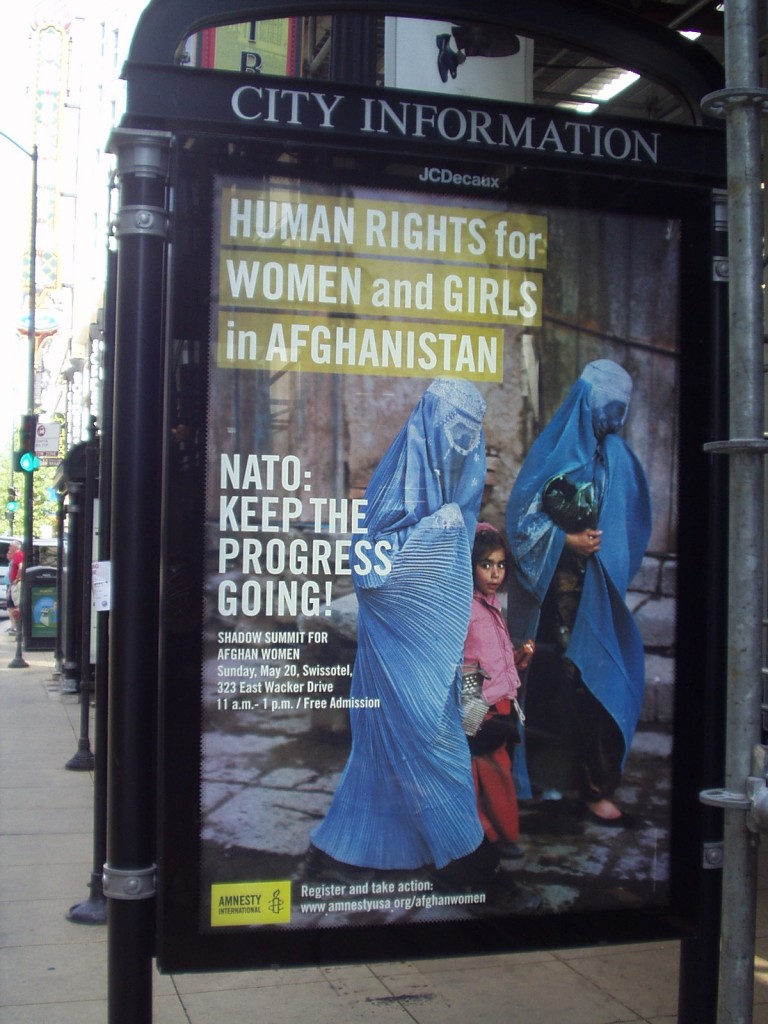

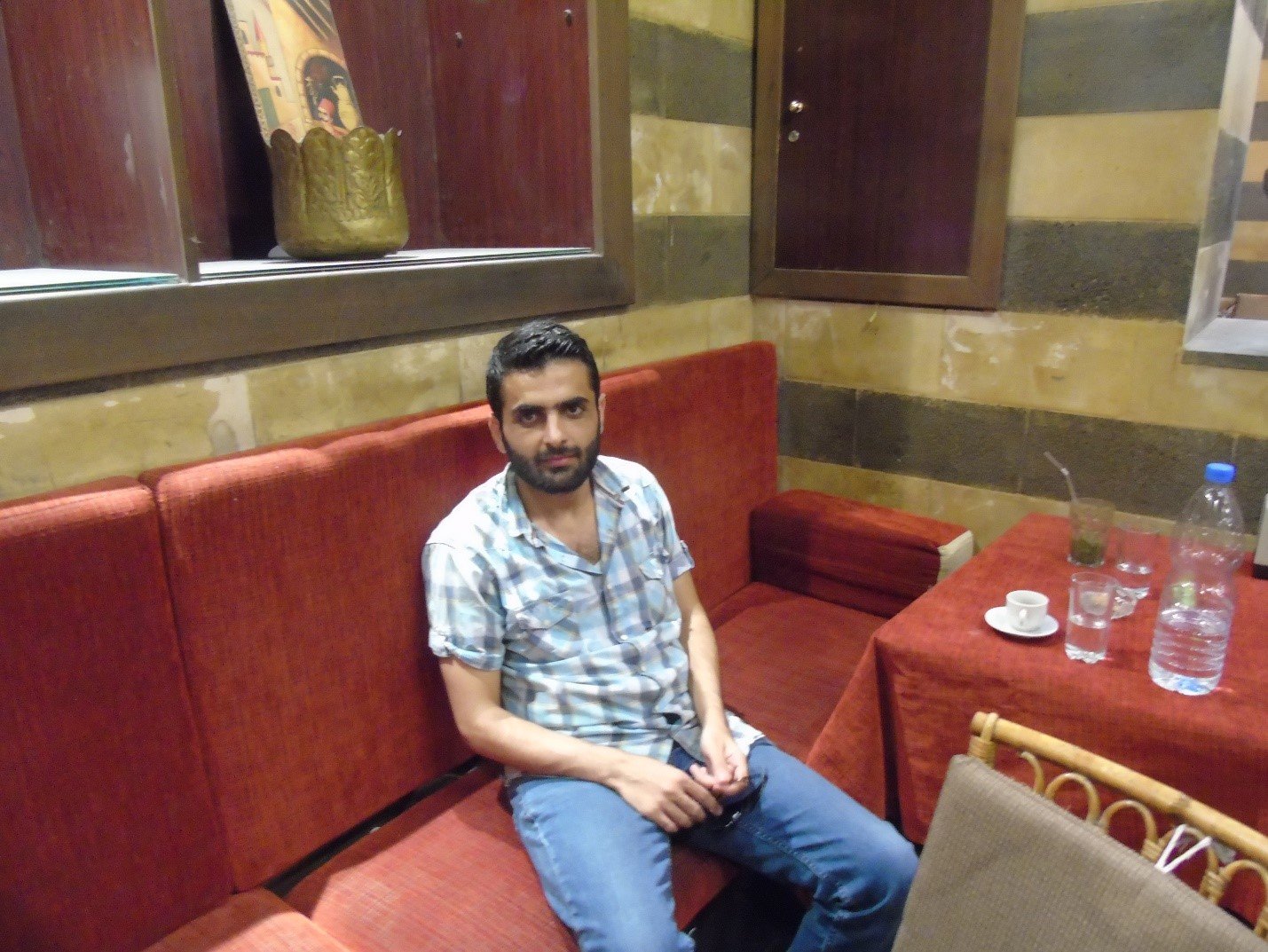
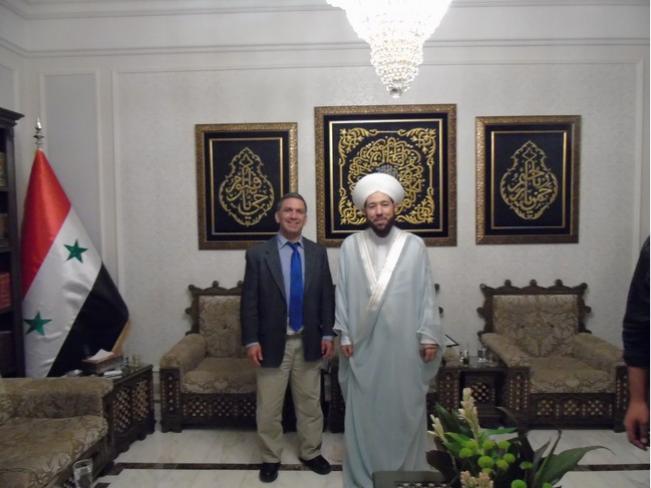


 The committee’s remit is extremely limited. It can only advise, but not decide, on revolving door moves, via opinions submitted to the Commission. These opinions are not
The committee’s remit is extremely limited. It can only advise, but not decide, on revolving door moves, via opinions submitted to the Commission. These opinions are not 